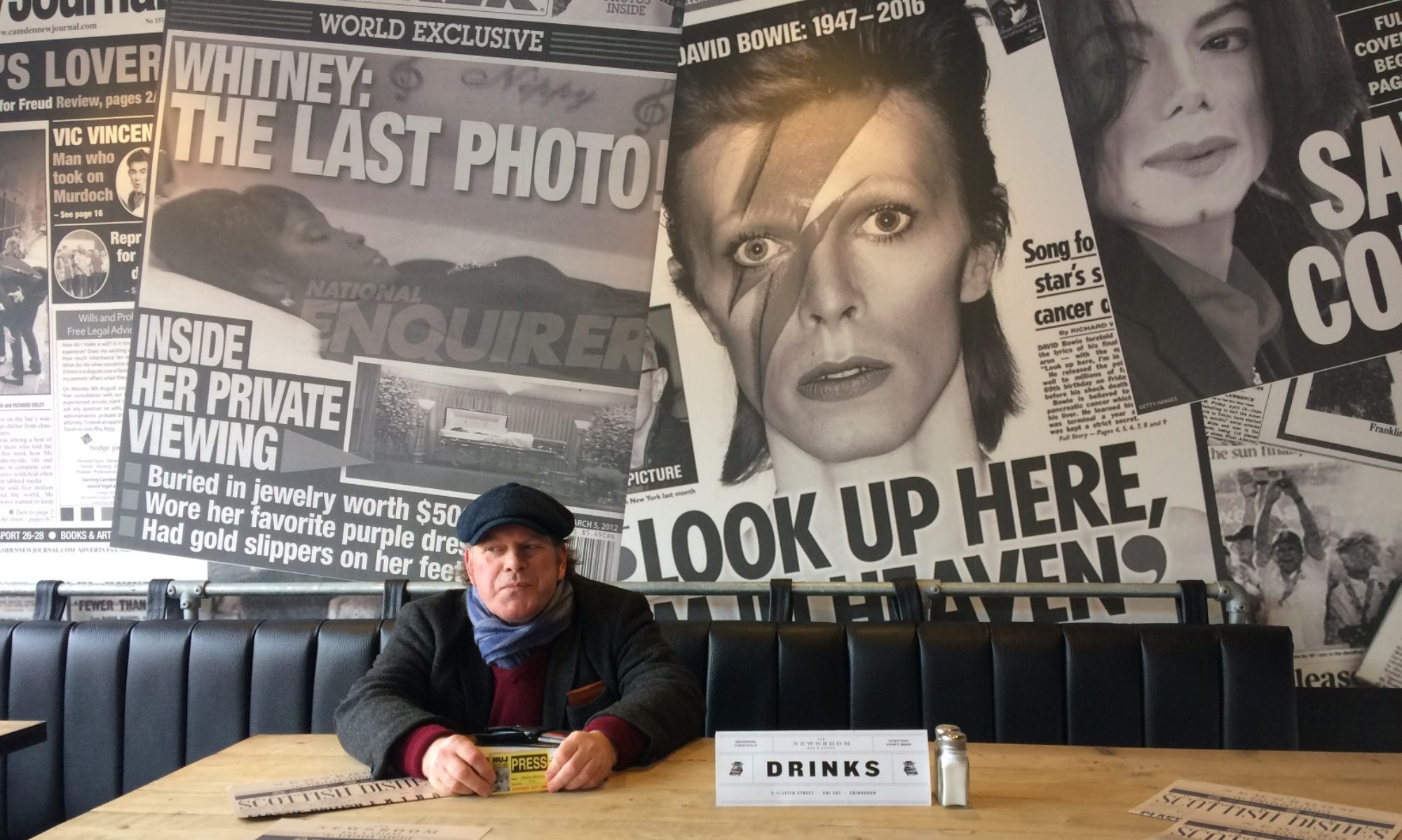
THIS rather enchanting concert by Beth Stone (flutes) and Daniel Murphy (plucked strings) could be likened to a historical musical journey from the 15th Century to the present day.
The first stop was the 15th Century and the musical station entitled Renaissance Flute & Lute. Rabanus Maurus’s haunting Veni Creator Spiritus was paired with Guillaume Dufay’s setting (originally for three voices). Beth Stone’s chocolatey flute tone was simply gorgeous.
Of the next pairing, I particularly enjoyed Guglielmo Ebreo da Pesaro’s courtly dance Falla Con Misuras, as did lutenist Daniel Murphy, whose crisp syncopated rhythms added to the music’s delicate vitality.
The performances of the Thomas Campion and Robert Johnson pieces were also rhythmically engaging and it is no surprise that both composers were professional lutenists.
This set closed with a touching duet by French composer Balthazar de Beaujoyeulx, Overture from Balet Comique de la Royne. The ballet was inspired, evidently, by the escape of Ulysses from the clutches of the enchantress Circe (from Homer’s Odyssey). And yes, the performance was indeed enchanting.
Now it wasn’t until I disembarked at the platform marked Baroque Flute &Theorbo that, despite the excellent performances and refreshing informative communication by players, I realised that the musical journey hadn’t been a particularly gripping one.
This all changed with the set of arias by Claudio Monteverdi. Take the performance of Quel Sguardo Sdegnosetto, the last one of the set, for example. Ms Stone’s flute playing really captured the pretty radical, virtuosic vocal melody, which itself responds to the emotionally descriptive poetic text. But it was the hypnotic ground bass, the closing Chaconne that sealed the deal.
Before we arrived at our final destination, Modern Flute & Guitar, we stopped off for refreshments at Eight-Keyed Classical Flute & Nineteenth Century Guitar. Diabelli’s arrangement of Louis-Luc Loiseau de Persuis’ Six Favourite Airs from Nina Ou La Folle Par Amour was brimming with wit and energy, and clearly enjoyed by both performers and ourselves.
Diabelli’s arrangement of Gioachino Rossini’s The Thieving Magpie Overture was even better and even more rewarding. Well, it is Rossini. Ps Diabelli’s transcription is simply inspired.
For me, the final set of pieces was mixed. The best of the musical bunch was undoubtedly Jacques Ibert’s Entr’acte. This popular, flamenco-inspired work had a quirky, gently bonkers quality. The opening breathless toccata was followed by an Iberian serenade before returning to a vibrant recapitulation or return. I loved it.
François Borne’s Fantasie Brillante Sur Carmen was really well transcribed, brilliant, in fact. But it soon outstayed its welcome. It was just too long. For me, the Broadway hits simply don’t work.
The earlier vocal transcriptions worked because they were creatively transformed. Here we simply had songs without words. Stephen Sondheim’s gem, Send In The Clowns, was played beautifully. But in my head I added the words; I heard Judy Collins’ 1975 version – it was originally written for Glynis Johns. So too with Gershwin’s I Got Rhythm and Hurwitz’s City of Stars.
With this in mind, the duo says that “future project plans include commissioning new works for both the modern flute and guitar combination and also the historical flutes and lute/theorbo instrumentation”. And this has to be a good thing.
As for Edvard Grieg’s Morgenstemming (from Peer Gynt), for flute and guitar? Well, this shouldn’t have worked but, because of the utterly musical playing by both Beth Stone and, particularly, Daniel Murphy on guitar, it did; beautifully.
Review by Steve Crowther
